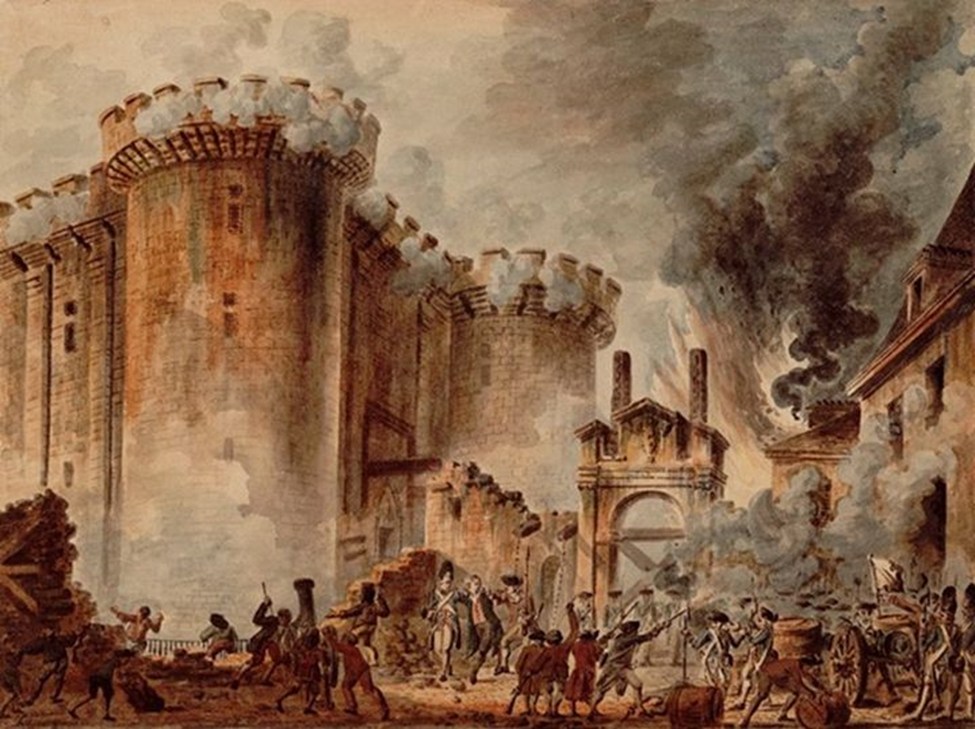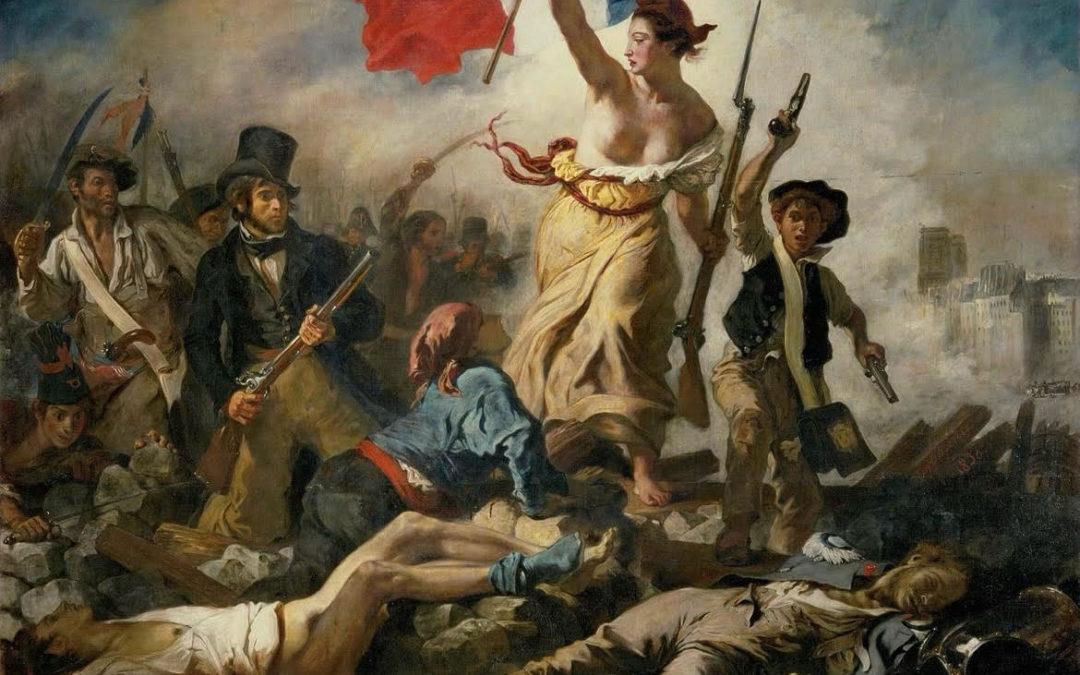Welcome to the world of Revolutionary, Napoleonic, and post-Napoleonic France!!! The main action of Les Misérables (just like the main action of The Count of Monte Cristo!!!) starts in 1815 – Napoleon’s final year in power!!! In order to understand the complexity of this historical moment – we must dive into French history of the 18th and 19th centuries!!! AND we must learn a great deal about Napoleon – without whose historical presence this novel could not have been written!!!
If a simple and concise “Napoleon” would have been a sufficient epigraph to Balzac’s Colonel Chabert, Stendhal’s The Red and the Black, and Dumas’ The Count of Monte Cristo, a much more appropriate epigraph to Hugo’s Les Misérables would have been “Napoleon, Napoleon, Napoleon”!!! He is everywhere in this novel – from the very beginning to the very end!!!
Before we begin our revolutionary journey, let’s visit the sunny beaches of the Mediterranean island of Corsica where Napoleon Bonaparte was born on August 15, 1769. Remarkably, Napoleon was conceived as a citizen of the Corsican Republic – a newly independent former territory of Genoa – and was born a citizen of France, after the French royalist forces defeated the Corsican republican forces in the Battle of Ponte Novu on May 8-9, 1769. And just as remarkably, these multiple identities and political allegiances shaped Napoleon for the rest of his life. In France, he was always an outsider who spoke French with an accent. A young man who was the beneficiary of a French Military Academy scholarship during the waning years of the Bourbon monarchy, he started his military career in the service of the French Republic – yet was seduced by the lure of power, established the First French Empire and crowned himself its first emperor. A huge fan of Julius Caesar, Napoleon worshiped the late Roman Republic’s greatest general’s legacy and considered himself Caesar’s direct intellectual and ideological descendant. After all, since Caesar, who was not French, could conquer Gaulle – future France – then so can the non-French Napoleon!!! Napoleon carried with him a copy of Caesar’s Conquest of Gaulle, the account of his 58-50 BCE military champagne, at all times!!! And, Napoleon will end his life very similarly to its beginning – an islander – a prisoner-dweller of the distant island of Saint Helena in the South Atlantic Ocean, under constant guard of the English authorities, far away from the world of global politics which he learned to control and subordinate to his interests for over a decade. An islander who ends his life on an island, a brilliant military commander who serves a republic yet usurps monarchist power, a cultural, linguistic, and political outsider, who becomes the greatest unifier of Europe since the times of the Roman Empire and the most consequential European ruler since Charlemagne (748-814 CE), Napoleon is the most fascinating and controversial figure of the Nineteenth Century!!!
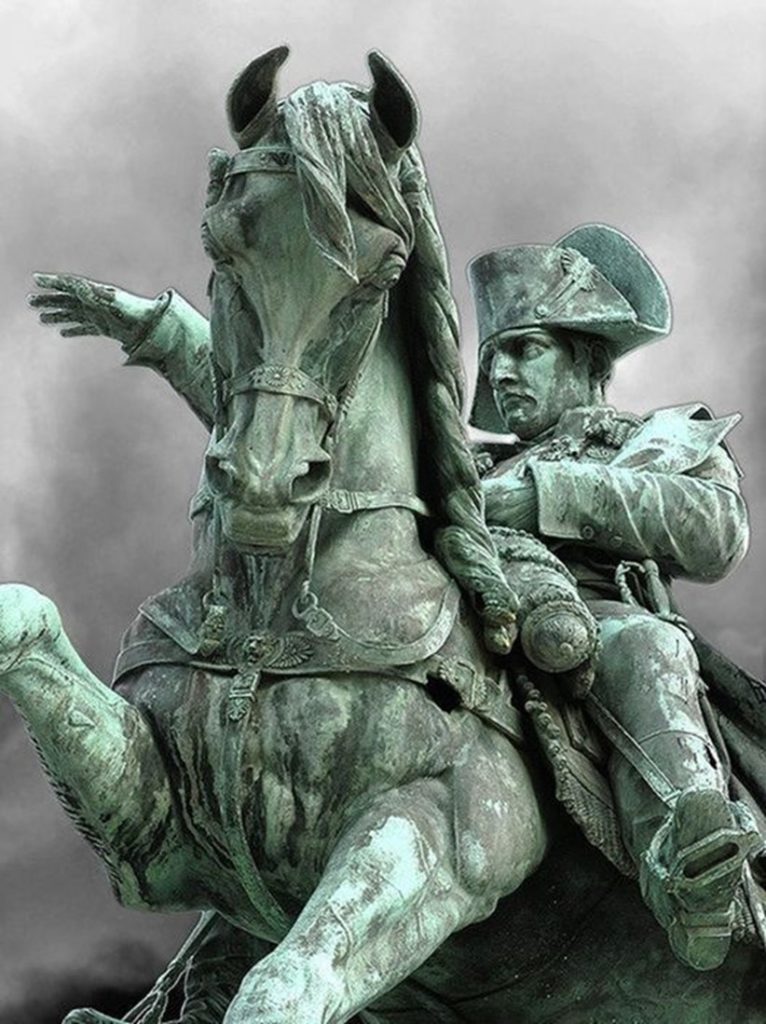
Napoleon looms large in all 5 books we are reading this year!!! Yes, by the time these tomes were written, Napoleon was not only deposed and exiled – but he died on the island of Saint Helena in 1821… So why all this Napoleon commentary?! Because in the aftermath of Napoleon’s collapse and with the Restoration of the Bourbon monarchy, France’s glory collapsed as well and it has become a country not of battlefield valor, but of courtroom drama where lawyers and lawsuits replaced generals and battle strategy – it’s not accidental that Balzac’s Colonel Chabert starts in a lawyer’s office… And in this lesser France of financial squabbles, provincial prudery and Parisian moral decay, Napoleon and his legacy became the symbol of everything that was irrevocably lost… And in the absence of a strong unifying central power, France continued to be rocked by revolutions for the rest of the 19th century… Victor Hugo experiences THREE revolutions in Paris – in 1830, 1848, and 1871 – but we are getting ahead of ourselves!!!
So, who was this Napoleon?! He was not just a person or a name – he was a family brand!!! Napoleon’s father, Carlo Buonaparte, a Corsican-Italian lawyer, immediately understood the importance of French presence on the island, became Corsica’s representative to the court of Louis XVI, and placed himself into advantageous administrative positions that allowed his five sons to receive scholarships to elite French institutions. Napoleon’s mother, Maria Letizia, was a rock and the entire family was teetered to her powerful matriarchal presence. Napoleon was the second child and brother who could never be accused of rising too high and leaving the family in the dust!!! He elevated all his siblings and generously handed out royal titles to his brothers and married his sisters into European royalty! Here is a list of the eight siblings with their titles at the height of Napoleon’s power – not bad for a bunch of islander commoners!!!
- Joseph, King of Spain
- Napoleon I, Emperor of the French
- Lucien, 1st Prince of Canino and Musignano
- Elisa, Grand Duchess of Tuscany
- Louis, King of Holland
- Pauline, Princess and Duchess of Guastalla
- Caroline, Queen of Naples
- Jerome, King of Westphalia
This family had style!!! Napoleon and Josephine at the espousal of Jérôme Bonaparte and Catharina of Württemberg, by Jean-Baptiste Regnault, 1807. Lucien is the only Napoleon sibling who is absent in this painting.
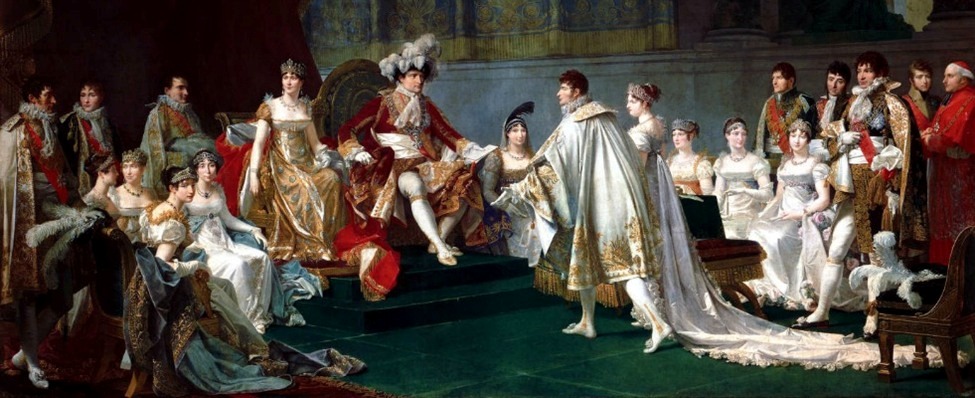
And now a note on the three Napoleons! Napoleon I is a continuous presence in Les Misérables!!! Napoleon III, the nephew of Napoleon I, was Victor Hugo’s arch nemesis – to the point that the number 51 – referring to the date 1851 when Napoleon III proclaimed himself emperor of the Second Empire, is NEVER mentioned or listed in Les Misérables!!! At one point we will encounter a Paris street address with the house number 50-52 – JUST NOT 51!!! So who are Napoleon II and Napoleon III?!
Napoleon II was the son of Napoleon I from his second marriage to Marie Louise of Austria. He was born in Paris on 20 March 1811 when his father was the ruler of the vast majority Continental Europe and the most powerful monarch in the world! Napoleon I intended to create a contiguous Continental European Empire that would be inherited by Napoleon II – but in 1812 the Russian campaign happened and all hell broke loose! To make the long and complicated story short – Napoleon II lived out his inconsequential life in Vienna and died at the age of 21. He spent his childhood and youth under the vigilant guidance and supervision of his Austrian Habsburg relatives who retained their sprawling empire at the end of the Napoleonic Wars under the stipulation that the young prince will NEVER reach Paris and will NEVER claim the throne of France. Today, he is buried next to his father in Paris, under the golden dome of Les Invalides.
Napoleon III (1808-1873), the nephew of Napoleon I, was the grandson of Napoleon’s first wife Josephine! Every time I teach War and Peace, I tell my students that Napoleon III was Josephine’s revenge!!! Napoleon I divorced her because she could not give him an heir, thus the marriage to Marie Louise of Austria, who gave him Napoleon II. Josephine had two children from her first marriage, a boy and a girl – are you still following this sordid family saga? So – in order to perpetuate the bloodline, Napoleon’s younger brother Louis married Josephine’s daughter from her first marriage Hortense de Beauharnais – and voila – the future Napoleon III was born!!! After Napoleon I was deposed, France attempted to go back to Bourbon rule and went through a succession of weak and ineffective monarchs and two more revolutions, in 1830 and 1848 – we will discuss them in detail while reading Les Misérables!!! This volatility was utilized by Napoleon III who declared himself emperor in 1851, created the Second French Empire, erected a number of monuments to his uncle Napoleon I in Paris, Corsica, and elsewhere, drastically reshaped and reconstructed Paris creating all the broad avenues we are familiar with today – and was deposed in 1870 the traditional French way – through a revolution! He was the last monarch of France which to this day remains a republic. So much more on Napoleon III when we begin our discussion of Les Misérables this fall!!! Victor Hugo will remain in exile all through Napoleon III’s rule and will only return to Paris with the fall of the Second Empire in 1870 – Les Misérables, published in 1862, is a book written by 19thcentury’s most famous exile!!!
And now that we cleared the confusion between all those Napoleons and all those French empires – I will dedicate the next few notes to Napoleon I and the various stages of his rise to power – and his inevitable collapse – all the way to the Battle Waterloo (which features so prominently in Stendhal’s The Charterhouse of Parma AND Les Misérables!!!) and beyond…
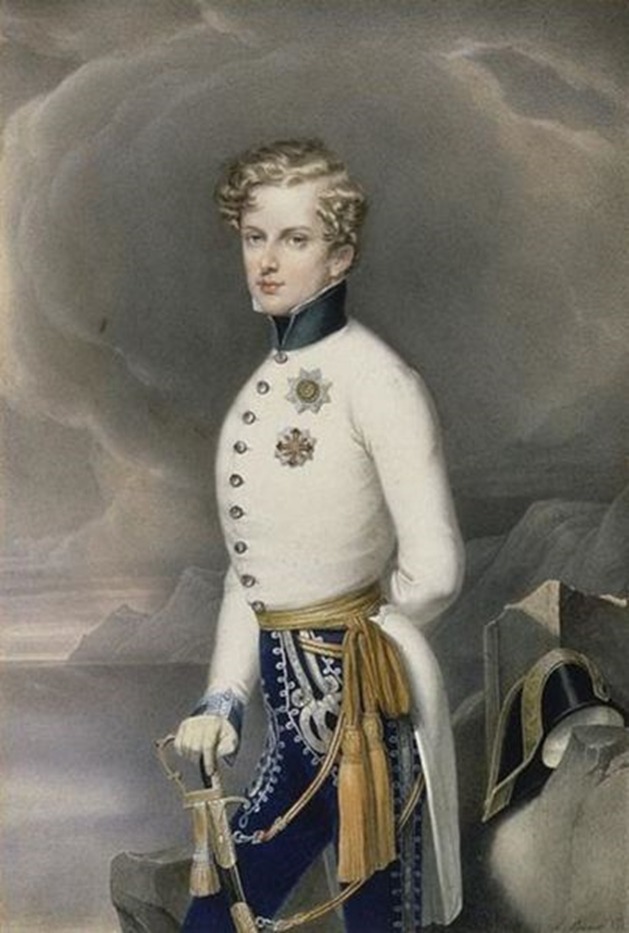
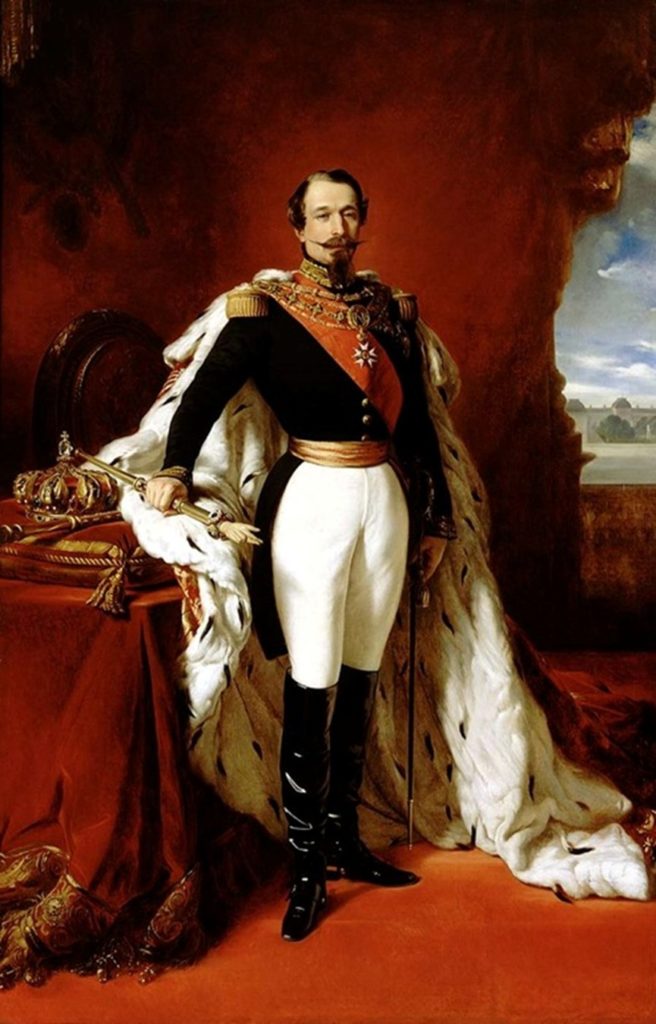
Why did the most powerful country in Europe, France, succumb to the brutal devastation of the 1789 revolution and get entangled in not one or two – but seven continental coalition wars between 1789 and 1815? The basic answer is very simple – because France was the most powerful country in Europe! Not just volumes, but whole libraries have been written about the French Revolution of 1789 – and the subsequent revolutions of 1830, 1848, and 1871. I will attempt to fit all the basic facts into this brief introduction!
I would be a negligent historian if I would fail to note that the 18th century was a French century. And French leaders worked tirelessly to achieve the apotheosis of French culture for generations. Three kings in particular made French-centric foreign policy advancements that solidified France’s continental dominance in the 18th century.
Frances I (1494-1547) – whose sister Marguerite de Navarre wrote the Heptameron – created an alliance with Ottoman Turkey (and its emperor Suleman the Magnificent) which lasted for three centuries, was the longest geopolitical alliance in French history, and patronized the Turkish territorial expansion and warfare against the Russian and Austrian Empires – rivals for French dominance on the continent.
If Frances I used Ottoman Turkey against Austria and Russia, Louis XIII (1601-1643) – one of the main characters of Alexandre Dumas’s The Three Musketeers – funded and supported German Lutherans against German and Austrian Catholics in the Thirty Years’ War (1618-1648). France emerged as the powerful continental winner in this war that resulted in the deaths of one third of the German speaking population of Europe and the disintegration of a united Germany which will not resurface till the end of the Franco-Prussian War in 1870 (this is the event that toppled Napoleon III, who was so despised by Victor Hugo!!!).
And finally Louis XIV (1638-1715), the glorious Sun King, fought everyone in Europe at some point during his 72 year reign and accomplished the unimaginable – he placed his grandson on the throne of Spain thus eliminating the centuries-long Hapsburg domination of the Iberian Peninsula. As a matter of fact, the current Spanish king Felipe VI is a descendent of the French Bourbon line – which hasn’t ruled France since 1830 – ah, the irony of fate!
With the Turks keeping Russia and Austria in check under direct French patronage, Germany diminished and devastated by the Reformation Wars that France financed, and Spain ruled by a French Bourbon king – you would think France had it made!
But not so fast – what about England?! As France was solidifying its superpower status on the European continent – England was expanding its exploration of North America. The clash of France and England in North America was inevitable since France controlled the Mississippi River and New Orleans and England controlled the Saint Lawrence River and the northern route into the heartland of the continent – thus the French and Indian War (1754–1763) that resulted in a devastating defeat for the French in 1763. This loss set in motion a number of geopolitical events that brought about the American Revolution of 1776 – the French simply had to have their revenge and supporting the colonists’ fight against England gave them the opportunity to strike England indirectly through their support of George Washington and his fellow revolutionaries. It is not accidental that the lovely DC park next to the White House is called Lafayette Square and hosts the statues of the Marquis de Lafayette and Comte Jean de Rochambeau – famous Broadway super stars of late thanks to the musical Hamilton!!! – who assisted the cause of the American Revolution not only because of their love of liberty, but because of France’s vicious rivalry with England! (Marquis de Lafayette will be mentioned often by Victor Hugo in Les Miserables!!!). The French were openly supporting the American Revolution both financially and logistically and were overjoyed when they managed to inflict such a spectacular blow to the British Empire! By 1780 France eliminated all European competitors and turned the 18th century into an unequivocal French triumph – French music, literature, art, fashion, architecture, cuisine became the gold standard throughout Europe. European elites accepted the French culture as the height of sophistication and adopted it lock, stock and barrel!!!
But why was this culture destroyed by a violent revolution at the peak of its glory?! The answer is as un-poetic as it gets – finances. Decades and centuries of warfare left France the last superpower standing – and this victory came at an astronomical cost. This – and numerous other factors – contributed to the strange and implausible set of circumstances that led to the taking of the Bastille on July 14, 1789, the establishment of France’s national holiday which is still commemorated with an annual military parade – and, most importantly, led to the creation of the “Let them eat cake!” meme that is still in wide circulation today!!! What did everyone is Europe think of the extraordinary events taking place in France – storming of palaces, arrest of the king, beheadings of tens of thousands of aristocrats and eventually the king and the queen, staggering lawlessness, anarchy, starvation, and complete national collapse? It couldn’t have happened to a more deserving country, they thought – remember, France has been fighting – and defeating – all of its neighbors for centuries. Between 1789 and 1815, seven European monarchist coalitions were formed and sent into battle against revolutionary France. How was an economically devastated France, drowning in blood and lacking allies, capable of fighting and defeating the combined armies of Europe over and over again in the course of two decades? If your answer is Napoleon – you are on the right track!
And now – a quick summary of the chief events of the French Revolution of 1789, the Reign of Terror that followed, and the rise of Napoleon!!!
French republicans were for the Revolution – or the French Republic instead of a monarchy – monarchists were for the king – and Corsican nationalists were for Corsican independence from France, England and Genoa – there was no unified Italy at this time. The French republicans – supporters of the republic – broke up into fractions – the Jacobins and the Girondists were the most prominent – and they persecuted each other!!! First the more radical Jacobins executed the more moderate Girondists – then the more level headed revolutionaries executed the Jacobins – then France demanded an end to executions and voted for a dictatorship by a committee – the Directory – which consisted of 5 super corrupt politicians – then Napoleon orchestrated a super phony coup to depose these 5 and create his own committee of 3 consuls – then he got rid of the 2 consuls who were in his way – and became the First Consul of France – he borrowed this title from the Roman Republic!!! And after 4 years of solo rule as the First Consul of France – during this time he was in charge of Iowa and the entirety of French Louisiana (which he sold to Thomas Jefferson in 1803) – he crowned himself Emperor!!! Revolutions are such a disaster – first the revolution eats itself – then becomes a dictatorship… More on Napoleon – tomorrow!!!
